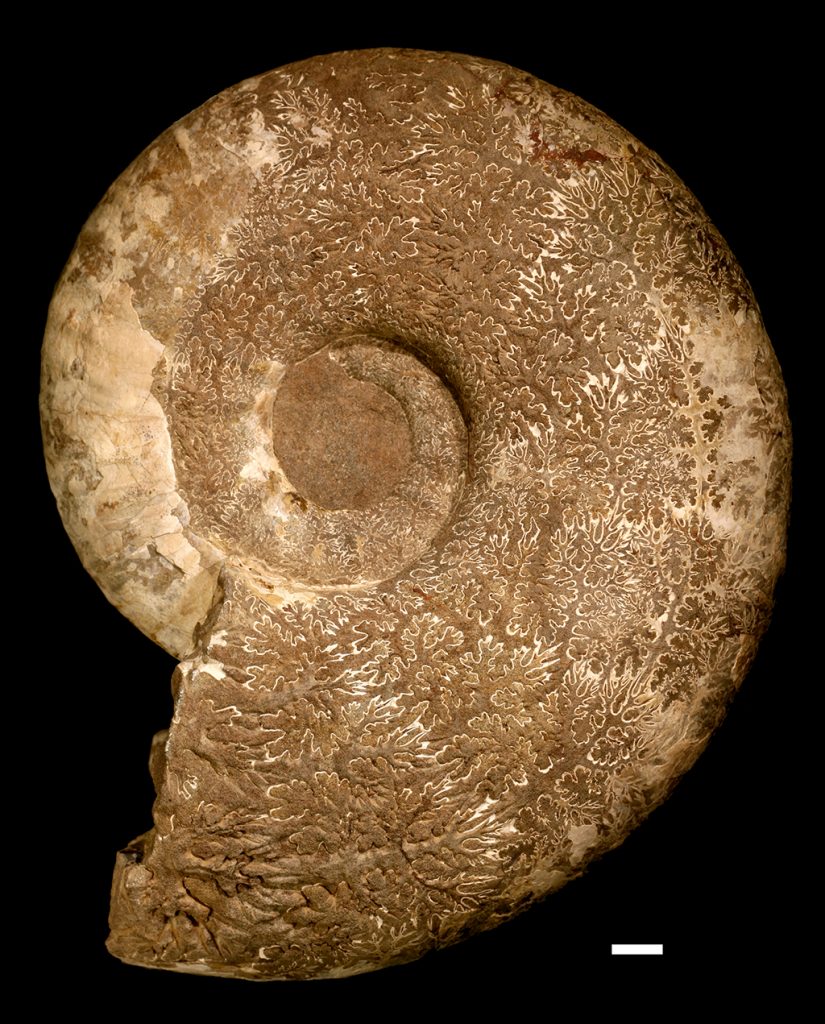


These ancient cephalopods, relatives of modern-day squid, octopus, cuttlefish, and the chambered nautilus, were able to swim thanks to the multi-chambered construction of their shell, which provided variable buoyancy, and probably moved through the water using jet propulsion. Ammonite DiversityĪmmonites thrived in the Paleozoic and Mesozoic Eras, some 400 to 66 million years ago. Ammolites are one of only three gemstones produced by living organisms-the others being amber and pearls. Ammonites are excellent index fossils, and linking the rock layer in which a particular species or genus is found to specific geologic time periods is often. Ammonites that display this characteristic are known as ammolites. Its colorful surface is produced by light reflecting off of layers within the fossil and interacting, much the way oil on water produces a rainbow sheen. Ammonites are perhaps the most widely known fossil, possessing the typically ribbed spiral-form shell as pictured above. Ammonite fossils are often found in most sedimentary rocks from the Devonian to Cretaceous periods, and outcrops of these rocks can be found in mountains and. Its iridescence is the result of nacre, the substance that made up the animal’s shell, being exposed to high temperatures and pressures over millions of years, becoming fossilized and turning into a mineral known as aragonite. The 80-million-year-old specimen features a vividly colored fossilized shell that is unique to ammonites from Alberta, Canada. The 2-foot-(0.6 meter)-diameter ammonite fossil on display in the Museum’s Grand Gallery is a large and particularly rare example of this once-common mollusk. Ammonites inhabited the planet for more than 300 million years-almost twice as long as dinosaurs-before disappearing in the mass extinction event more than 66 million years ago.Īmmonite fossils are an incredible source of information for scientists, from dating rocks to confirming the presence of prehistoric seas.


 0 kommentar(er)
0 kommentar(er)
